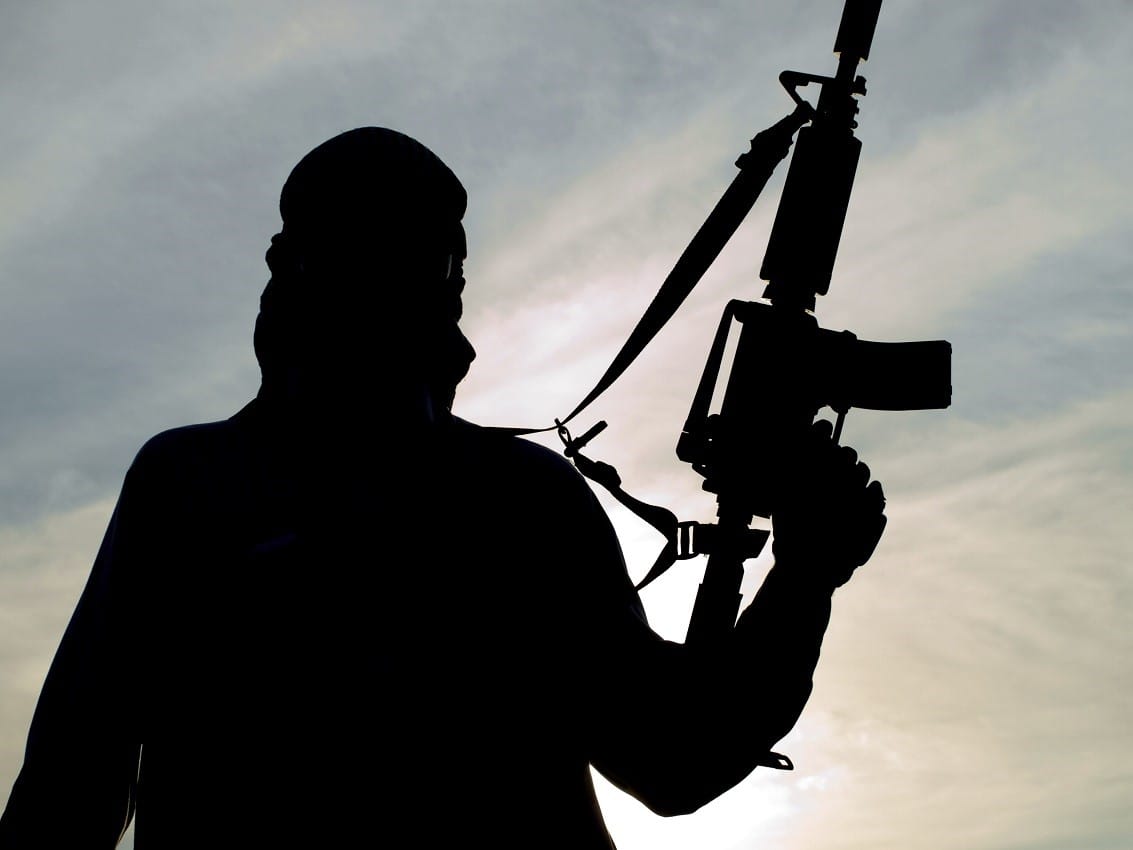
Essay on Terrorism & Civil Liberties – IP
It has to be recognized that media accompanying military units dispute grounded on free speech and security values inherent conflict. The First Amendment doctrine claims that it disfavors broad governmental discretion to censor and requires access to information about public affairs (Zeide, 1). However, it shouldn’t be perceived as the only argument around the discussion. The counter-evidence is the proclaimed valid state’s interest, which can be predominant to personal interests in liberal state, with the appearance of certain circumstances. Military actions are kind of these circumstances obviously. Therefore, embedded journalism was designed as the compromise, which intended to match wants of both sides. Unfortunately, this institution is featured by some restrictions.
It’s naturally that the most troubling of them is closely related to rules that are provided by “embed” journalism arrangement. According to this kind of agreement, embedded journalism is accompanied byfree speech limits. Mostly, they are devoted to sensitive information spreading: like troops’ whereabouts, possible future missions or classified weapons and other strategically valid info they can find out. At second, there are so called ‘blackout’ restrictions, unit’s commander declaring of satellite connection prohibiting(Lehrer, 1). This measure was taken in the interest of forces and the entire campaign’s security, as satellite live connection can show out unit’s location. At last, embedded journalism is accompanied by some sorts of limits about reporters movement, as all their actions are taken inside the unit they have joined. Seemingly, this is the comprehensive list of cons about embedded journalism. However, it has to be clear that all of them are closely connected to the need of security keeping, what recognized to be essential reason.
Now, let’s take some look at pros that embedded journalism is featured by. The first of them is ability of journalist security keeping. Remind the start of the Iraq war in 2003, when 27 western journalists had been killed during the first year only (Byrne, 2). Embedded journalism institution has the ability to reduce this amount several fold, as taking care about journalists is inherent part of “embed” agreement, as well as announced broadcasting restrictions. Moreover, embedded journalism is the useful solution for’explosive’ (no pun intended) newsworthy stories to send around the world (Maharaj, 1). This is the latest word of reporting. At last, people all around the world are welcome to get inside look at war, to see it as it was never seen before. Journalist take the option of instant and first-hand events documenting, what is extremely useful to reduce the info distortion factor. The briefings are not more considered to be the primary source of information. In this regard, there are pertinent words of Christina Pacheco, who said that: “Embedded Journalism is an important practice that allows us to “stretch our thoughts to their extreme limits”” (Maharaj, 1).
It has to be recognized that embedded journalism pros are much more prevailing in comparison to its cons. The only strong argument to oppose this institution is the restrictions about live satellite connections, what is harmful to broadcasting. To get the compromise about this issue, it is suggested to avoid placing live connections above the process of news gathering. To take the option of regular broadcasting, latest widely affordable technological achievements can be implemented. There is the talk about such devices as laptops and satellite phones which enable journalists for regular packages sending. This method fully approved by CNN and ITV embedded reporter Geraint Vincent, who approved its usability (Byrne, 3). As you see, the compromises are possible. Instead of censuring, joint efforts are much more pertinent.

